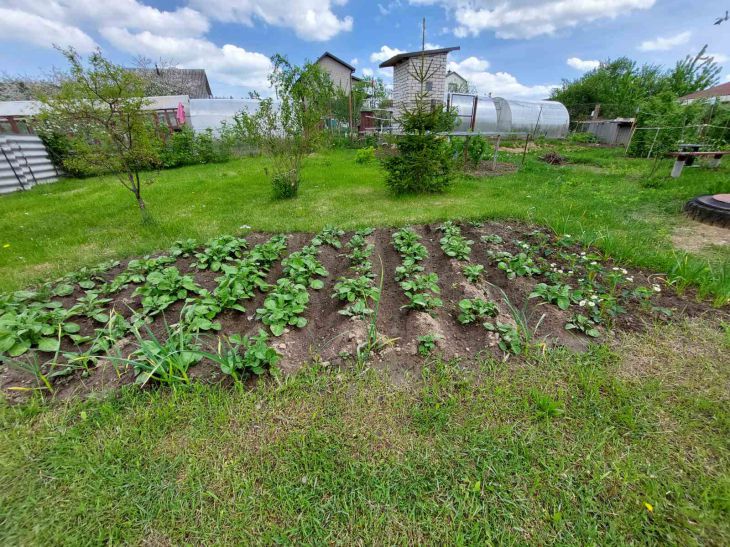Old bread is not only a product that can be used to prepare various dishes, but also an excellent fertilizer for plants in the garden.
Old bread is a source of beneficial microorganisms, nutrients and the antibiotic penicillin, which can be extracted into an infusion.
This infusion improves the growth and development of vegetables, increases their protection from diseases, and improves the taste and quality of fruits.
How to make an infusion from old bread
To prepare an infusion from old bread, you will need the following ingredients:
- old bread (any kind) - 200 g;
- water - 3 l;
- wood ash (optional) - 1 tbsp.

The process of preparing an infusion from old bread consists of several stages.
- Place old bread in a plastic bag without holes and leave it in a warm place until mold appears. Mold can be of different colors, but the most valuable antibiotic penicillin forms on dark green mold.
- Transfer the moldy bread to a three-liter jar of water. You can add wood ash, which will enrich the infusion with potassium and other microelements.
- Close the jar with a lid and leave it in a warm place for 3 days. Periodically stir the contents of the jar with a spoon.
- Strain the infusion from the bread crumb. All the useful substances have passed into the water along with the penicillin.
How to Use Old Bread Infusion
An infusion of old bread can be used for feeding and spraying various vegetable crops, such as cucumbers, tomatoes, eggplants, potatoes and others. The infusion is also suitable for berry and flower plants.
Old bread infusion has the following benefits.
- Enhances plant growth and development.
- Increases the number of flowers and ovaries.
- Improves the taste and quality of fruits.
- Increases immunity and resistance to diseases.
- Improves soil structure.
The infusion of old bread does not need to be diluted with water, it can be used in its pure form. Top dressing can be done no more often than once every 2 months. Spraying can be done more often, especially during the flowering and fruiting period.
It is better to fertilize and spray in the morning or evening hours, when the sun is not so bright.
Fertilizing and spraying should be stopped 2-3 weeks before harvesting, so as not to disturb the natural balance of the plants.
What are the limitations for old bread infusion?
Old bread infusion is a natural and safe fertilizer that does not harm plants when used correctly. However, there are some limitations and precautions to consider.
- You should not feed sick or weakened plants with an infusion of old bread, as this may worsen their condition.
- You should not feed plants that grow in the shade or in too wet soil with an infusion of old bread, as this can provoke the development of fungal diseases.
- You should not feed seedlings or young shoots with an infusion of old bread, as this can cause overgrowth of their green mass at the expense of fruits.
- You should not feed plants that do not like acidic soil with an infusion of old bread, as the infusion can increase its acidity. In this case, you need to add wood ash or eggshells to the infusion.
Conclusion
An infusion of old bread is a simple and effective fertilizer for vegetable crops that you can make yourself from available ingredients.
This infusion contains beneficial microorganisms, nutrients and the antibiotic penicillin, which promote the growth and development of plants, increase their immunity and resistance to diseases, and improve the taste and quality of fruits.
An infusion of old bread can be used for feeding and spraying various vegetable crops, as well as for berry and flower plants.
However, it is necessary to observe certain conditions and contraindications when using an infusion of old bread, so as not to harm the plants.








